Richborough Roman amphitheatre and four other amazing UK dig discoveries
- Published
- comments
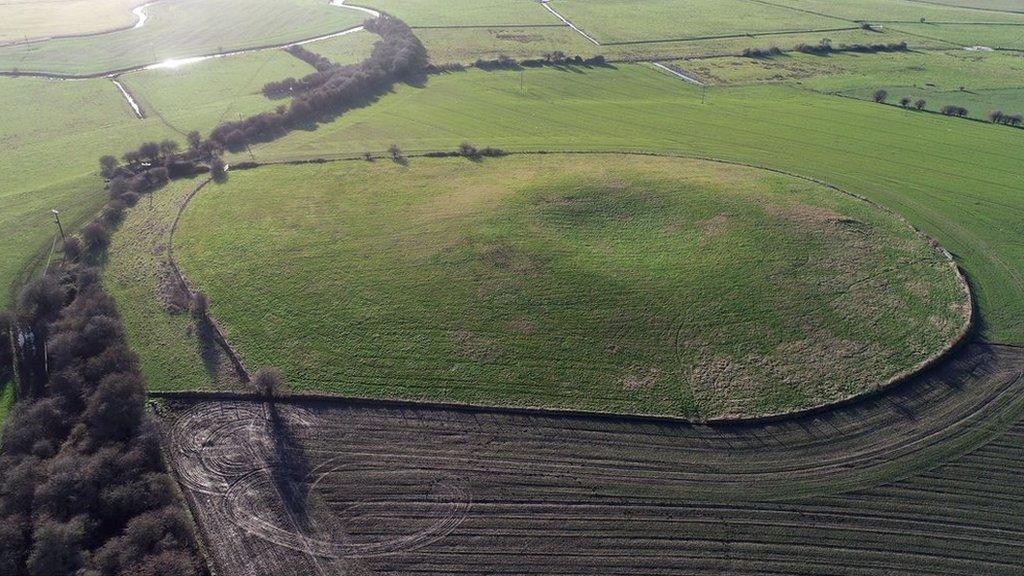
Think this is just an ordinary hill? Think again.
This grassy mound is actually the remains of an ancient Roman amphitheatre - and could be one of the most important Roman sites ever discovered by archaeologists in England.
An amphitheatre was the Roman equivalent of a stadium, where thousands of people would gather to watch gladiators fight each other, witness animal hunts and even huge mock battles.
It was discovered by archaeologists in Richborough in Kent, where there was a big Roman population between 43-410 AD.
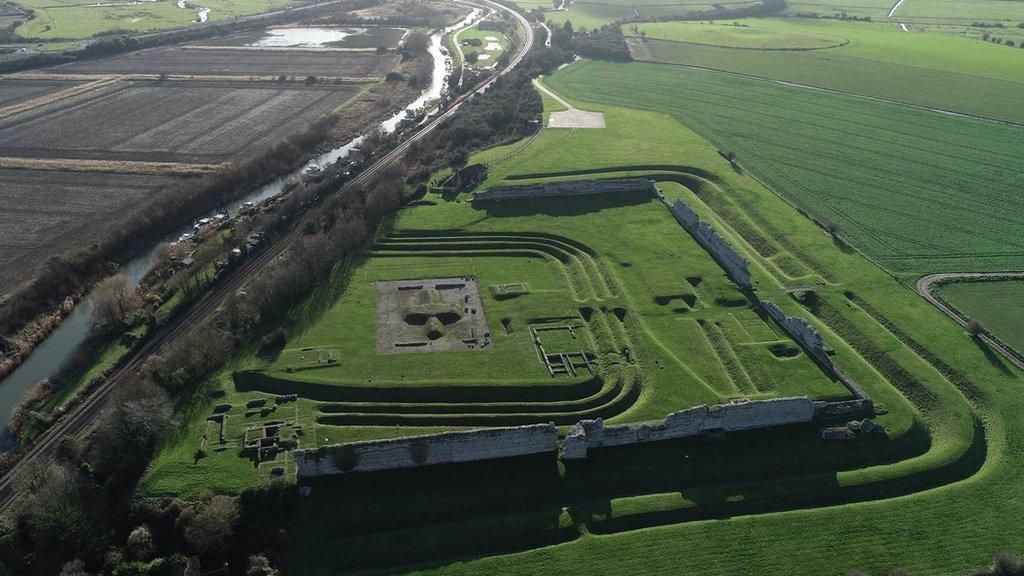
Scientists used specialist technology including special radars to scan deep into the ground to get a clearer picture of what might be underneath.
A huge dig of the site will now begin in late March, when archaeologists hope they will be able to reveal the amphitheatre's secrets and learn more about Roman Britain.
English Heritage historian Paul Pattison said the dig was a "once-in-a-lifetime opportunity" to "unlock the story".
Take a look at some more incredible discoveries found right beneath our feet.
A king in a car park
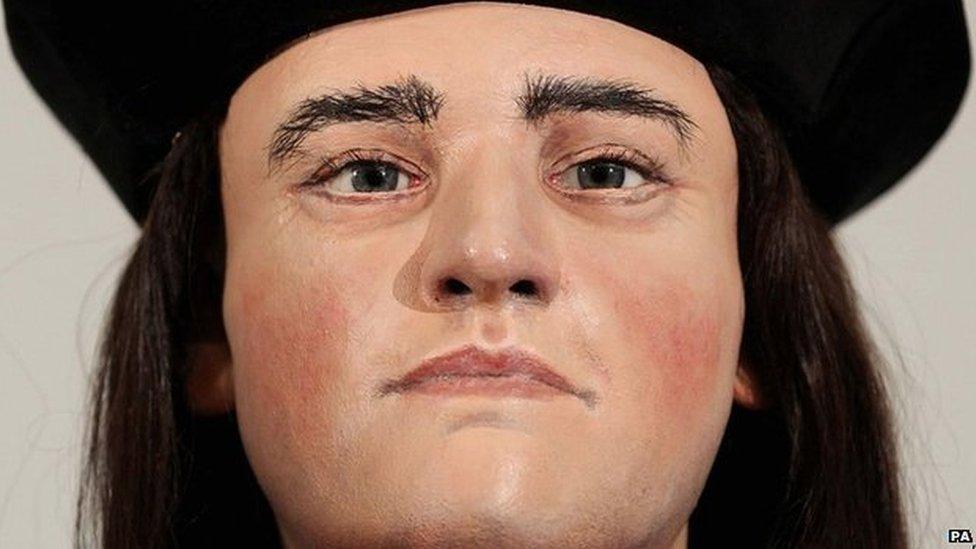
A model showing what King Richard III may have looked like
Where King Richard III was buried remained a mystery that puzzled historians for hundreds of years.
Richard III died at Bosworth Field in 1485, at the end of the War of the Roses, but until 2012 nobody knew where his body was laid to rest.
He was the last King of England to die in battle - an event which brought the massive civil war to an end.
In 2012 archaeologists from Leicester University found his skeleton underneath a car park in Leicester.
After lots of debate about where he should finally be buried, the remains of the king were buried once more at a special service at Leicester Cathedral in 2015.
The earliest pet rabbit?
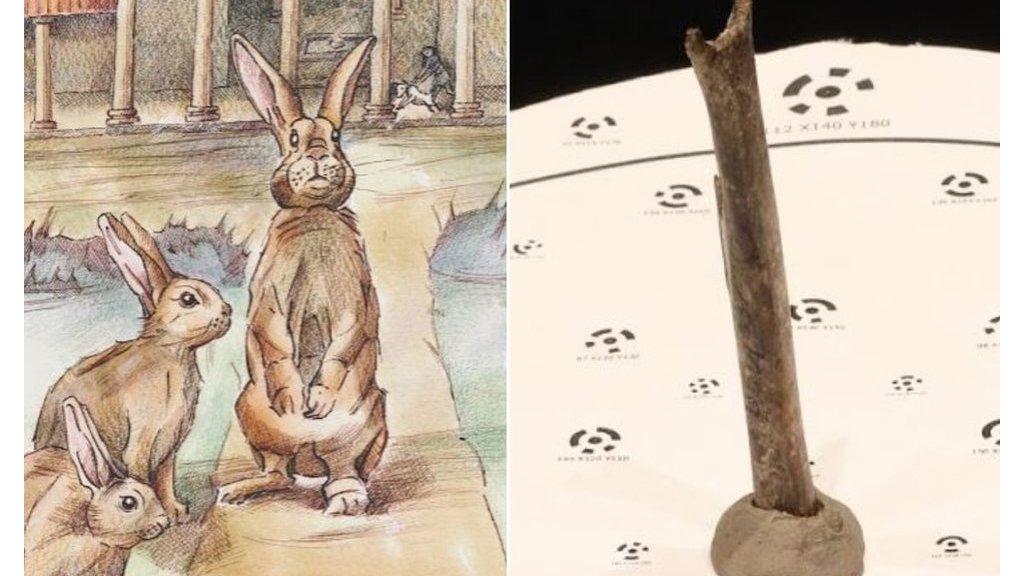
The small bone came from a rabbit that was probably a Roman's pet
A tiny rabbit bone was discovered in 1964, at Fishborne Roman Palace, in Sussex.
It dated from the first century AD, which is revealing because it shows that rabbits existed in the UK 1,000 years earlier than we first thought!
The 4 centimetre piece of bone was proven to be a rabbit through genetic testing, and specialised carbon technology was used to find out it was alive during the Roman occupation of Britain.
It is possible that the rabbit was kept as an exotic pet by Romans living in England.
A dramatic discovery
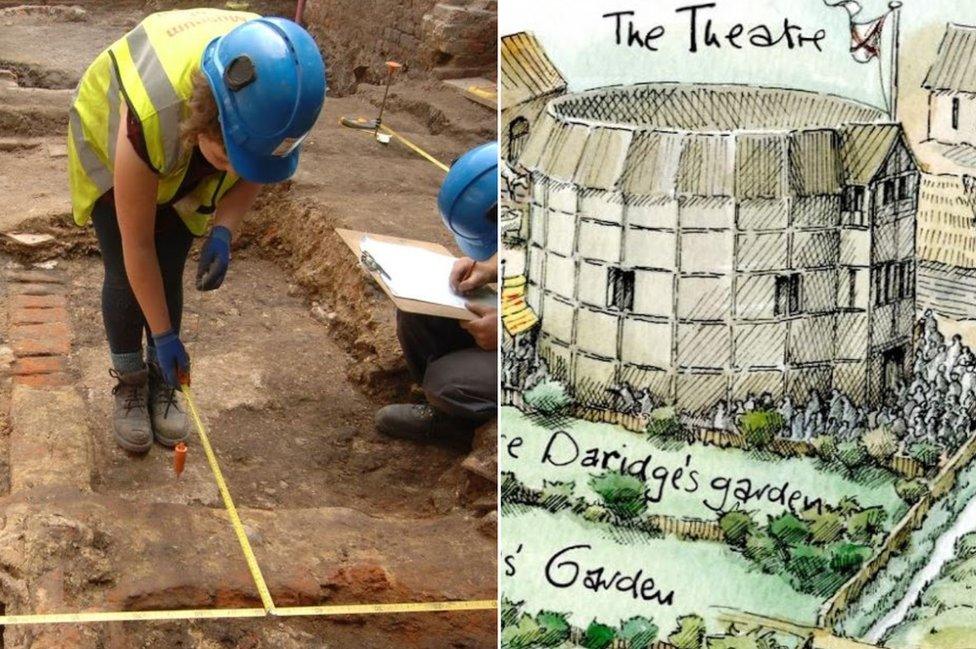
The Theatre is the earliest known example of a polygonal playhouse in London
Archaeologists discovered 'The Theatre' in a dig in 2008.
It was built between 1576-7 in Hackney, London, and its design was inspired by classical Roman theatres.
It is thought that Shakespeare's 'Hamlet' was first performed there in 1596.
The remains of The Theatre were put under protection to preserve it in 2016, as part of the celebrations for the 400th anniversary of Shakespeare's death.
Sunken treasure
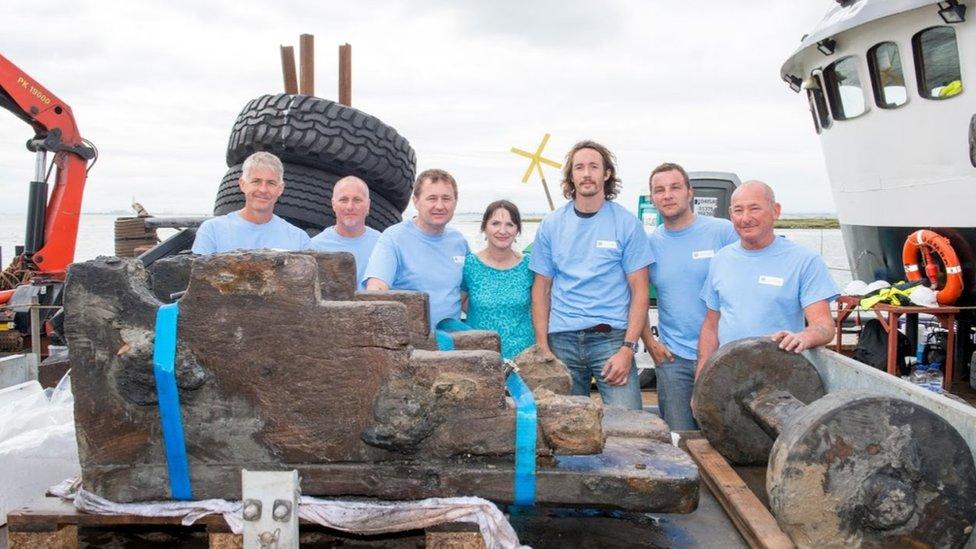
Divers recovered a rare gun carriage from the wreck
'The London' was a gun ship which accidentally blew up in 1665 and sank off Southend-on-Sea near to Essex.
It now lies in two parts on the bottom of the seabed.
It was excavated by archaeologists between 2014-15 by Historic England.
Lots of fascinating items were found, including musket balls and an extremely rare wooden gun carriage.
What do you think of the historic finds?
Has there been an exciting discovery near you? Maybe you've had an amazing find? Let us know in the comments.
